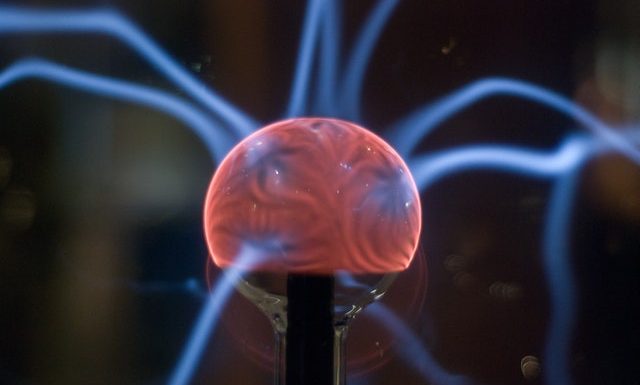The Science of Acupuncture and Chronic Pain Relief.
Modern science not only confirms that acupuncture is an effective therapeutic method, but also reveals molecular, neuro-endocrine mechanisms of its efficiency.
The mechanisms underlying how acupuncture is so effective for treating chronic pain have been researched extensively for over 60 years. While there is still much to learn, the neural pathways from acupuncture point stimulation, to the spinal cord, to the deactivation of the pain centres in the brain have been mapped.(1,2)
Acupuncture has been demonstrated to activate a number of the body’s own opioids (compounds like endorphins which suppress the transmission of pain signals to the brain) as well as improving the brain’s sensitivity to opioids. A number of other biochemicals involved in pain reduction have been found to be released or regulated by acupuncture stimulation, including ATP and adenosine, GABA and substance P. (3, 7)
Results
For chronic pain, in the largest study of its kind to date, 454,920 patients were treated with acupuncture for headache, low back pain, and/or osteoarthritis. Effectiveness was rated as marked or moderate in 76% of cases. In a 2-year retroactive survey of over 89,000 patients published in 2016, 93% of patients said that their acupuncturist had been successful in treating their musculoskeletal pain.(4)
A collected study from randomised trials of 17,922 patients concluded, “Acupuncture is effective for the treatment of chronic pain and is therefore a reasonable referral option. Significant differences between true and sham acupuncture indicate that acupuncture is more than a placebo.” A follow up study with this data looking at long-term pain relief, found that the benefits of acupuncture persisted 12 months after treatment ended. (5)
The journal Current Opinion in Anesthesiology, published a paper titled ‘Acupuncture for Chronic Pain: an Update and Critical Overview’. It concluded that “mounting evidence supports the effectiveness of acupuncture to treat chronic low back, neck, shoulder, and knee pain, as well as headaches. Additional data are emerging that support the use of acupuncture as an adjunct or alternative to opioids. (6)
Acupuncture goes Main-stream
Acupuncture is being integrated into pain medicine practices and training programmes around the world. In the context of ineffective and often dangerous pharmaceutical options for pain, acupuncture represents a safe and effective alternative with a long track-record of successful use.
More information regarding the research of acupuncture and its use for conditions other than pain can be found at https://www.evidencebasedacupuncture.org/
References
1. Zhang, Z.-J., Wang, X.-M., & McAlonan, G. M. (2012). Neural Acupuncture Unit: A New Concept for Interpreting Effects and Mechanisms of Acupuncture. Evidence-Based Complementary and Alternative Medicine, 2012(3), 1–23. https://doi.org/10.1016/j.brainresbull.2007.08.003
2. Longhurst, J., Chee-Yee, S., & Li, P. (2017). Defining Acupuncture’s Place in Western Medicine. Scientia, 1–5.
3. Breivik H, Collett B, Ventafridda V, Cohen R, Gallacher D. Survey of chronic pain in Europe: prevalence, impact on daily life, and treatment. Eur J Pain. 2006;13:287–333. doi: 10.1016/j.ejpain.2005.06.009.
4. American Specialty Health Incorporated Health Services Department. (2016). Acupuncture: Does Acupuncture Provided Within a Managed Care Setting Meet Patient Expectations and Quality Outcomes?, 1–12.
5. MacPherson, H., Vertosick, E. A., Foster, N. E., Lewith, G., Linde, K., Sherman, K. J., et al. (2016). The persistence of the effects of acupuncture after a course of treatment. Pain, 1–22. https://doi.org/10.1097/j.pain.0000000000000747
6. Yin, C., Buchheit, T. E., & Park, J. J. (2017). Acupuncture for chronic pain: an update and critical overview. Current Opinion in Anaesthesiology, 1. https://doi.org/10.1097/ACO.0000000000000501
7. Harris, R. E., Zubieta, J.-K., Scott, D. J., Napadow, V., Gracely, R. H., & Clauw, D. J. (2009). Traditional Chinese acupuncture and placebo (sham) acupuncture are differentiated by their effects on ?-opioid receptors (MORs). NeuroImage, 47(3), 1077–1085. https://doi.org/10.1016/j.neuroimage.2009.05.083

Comments are closed, but trackbacks and pingbacks are open.